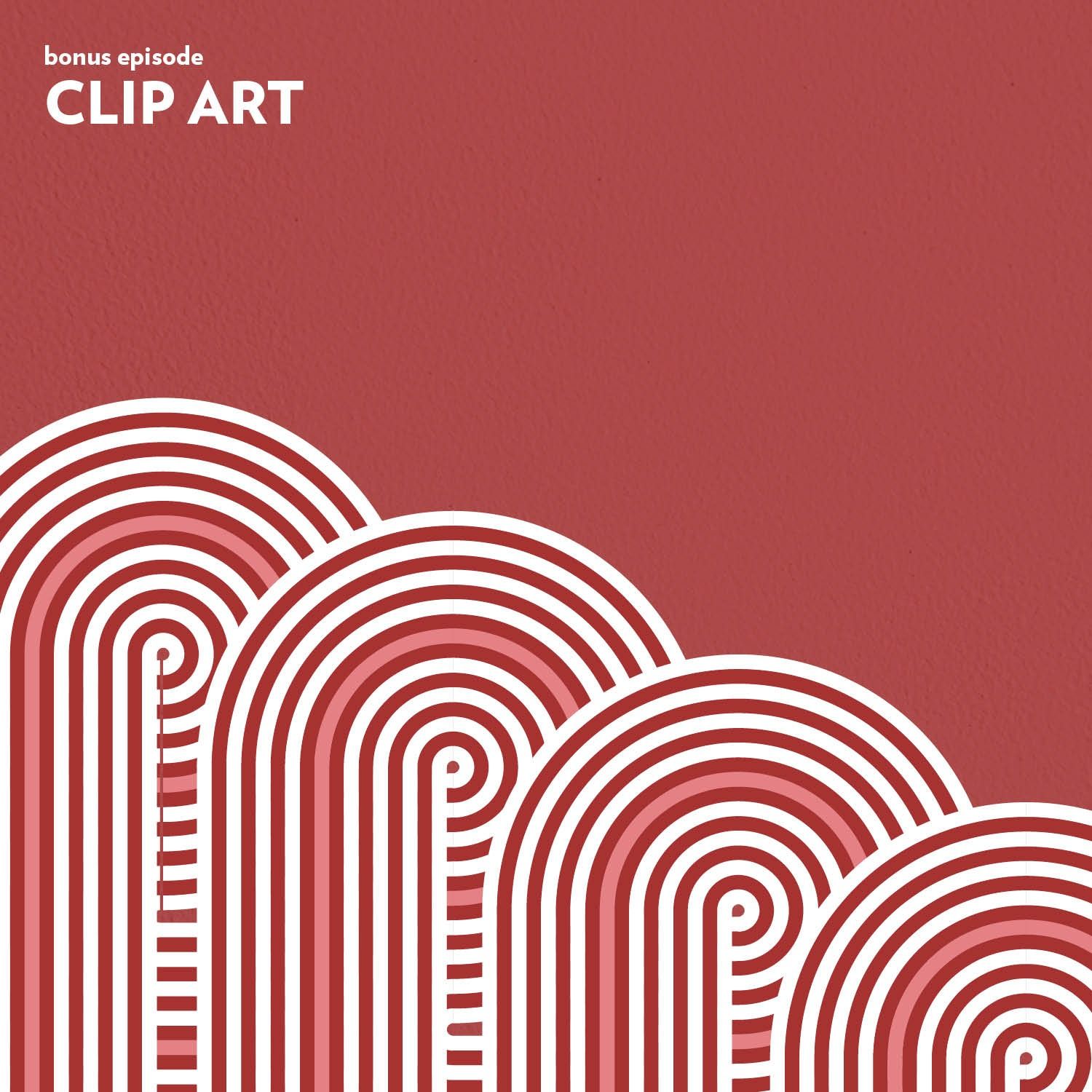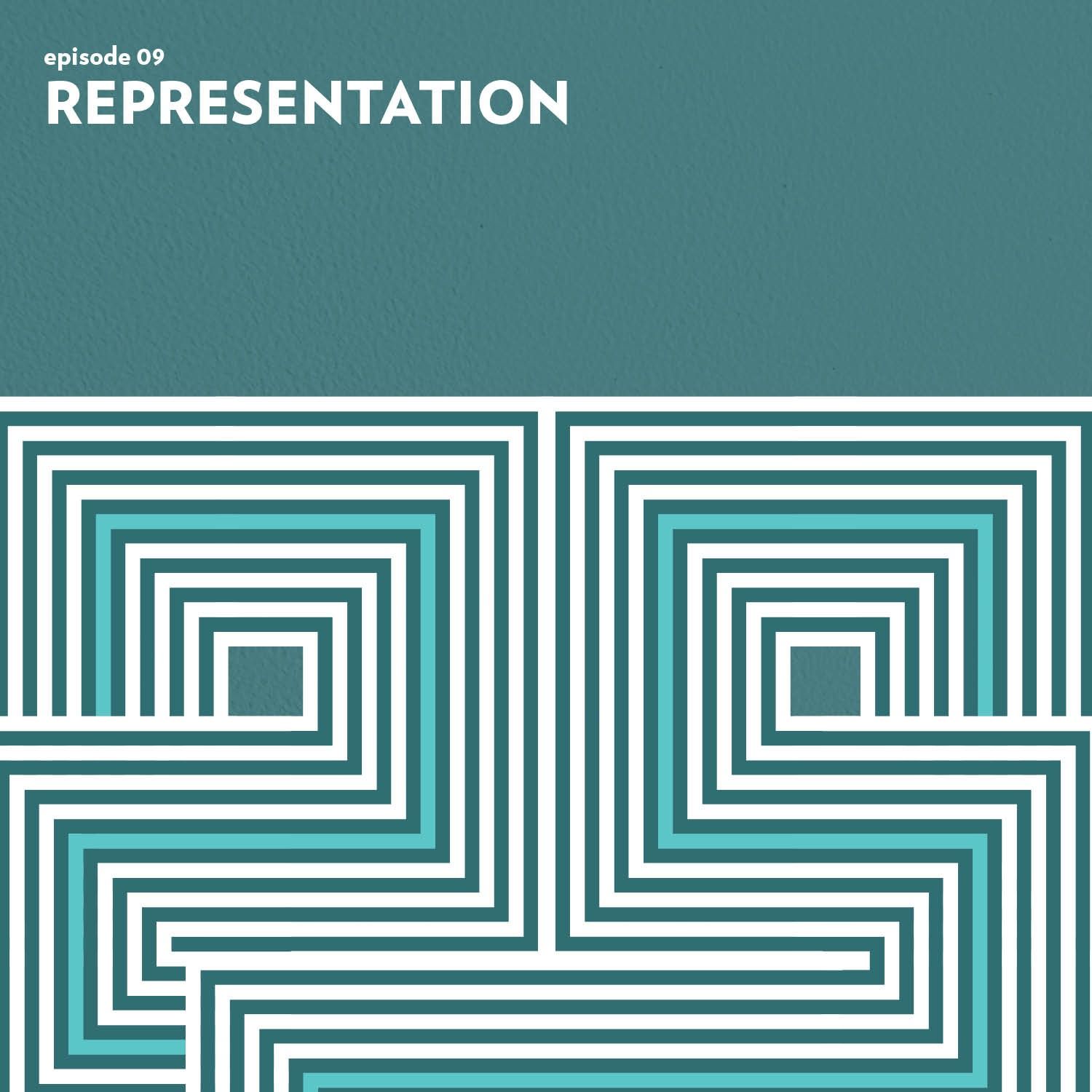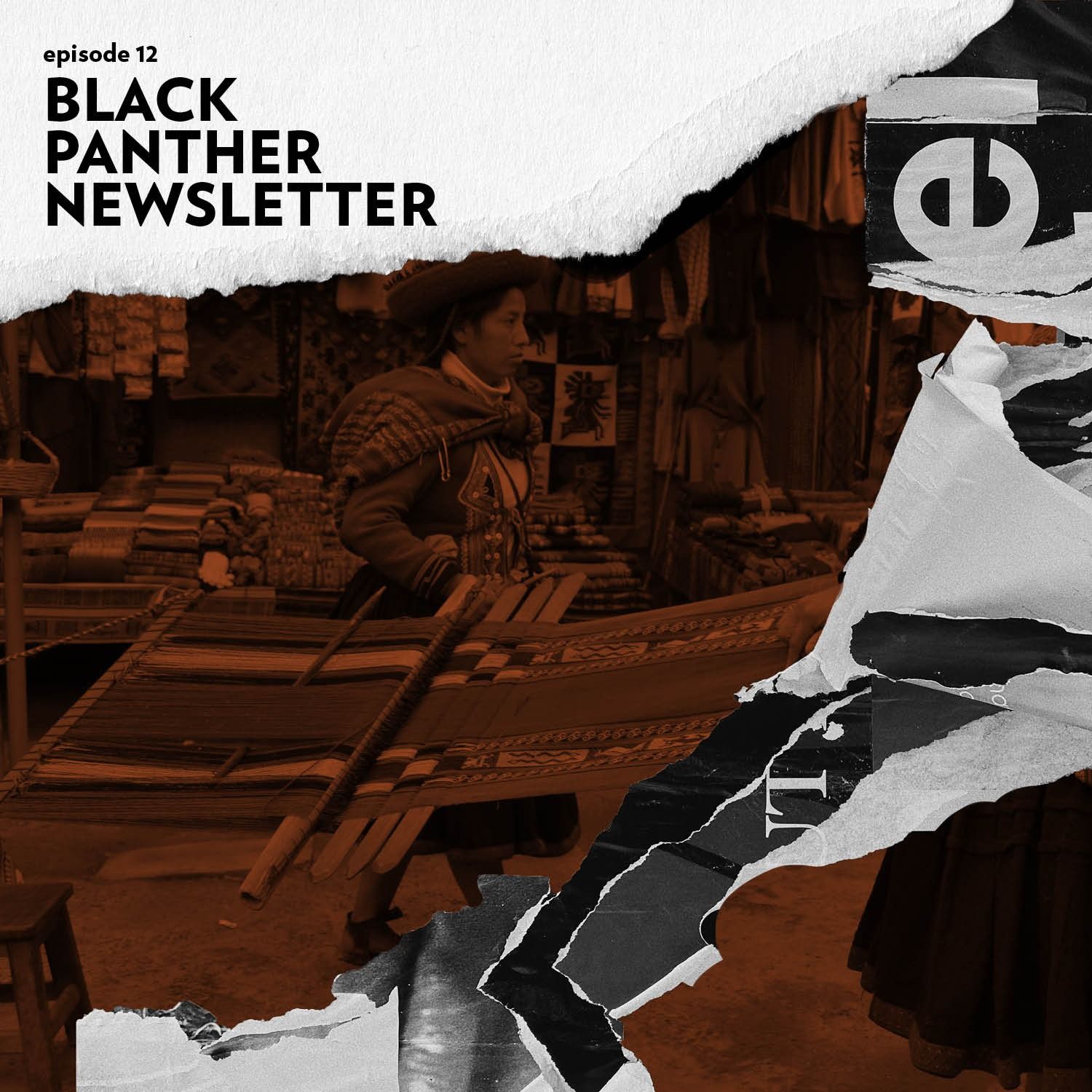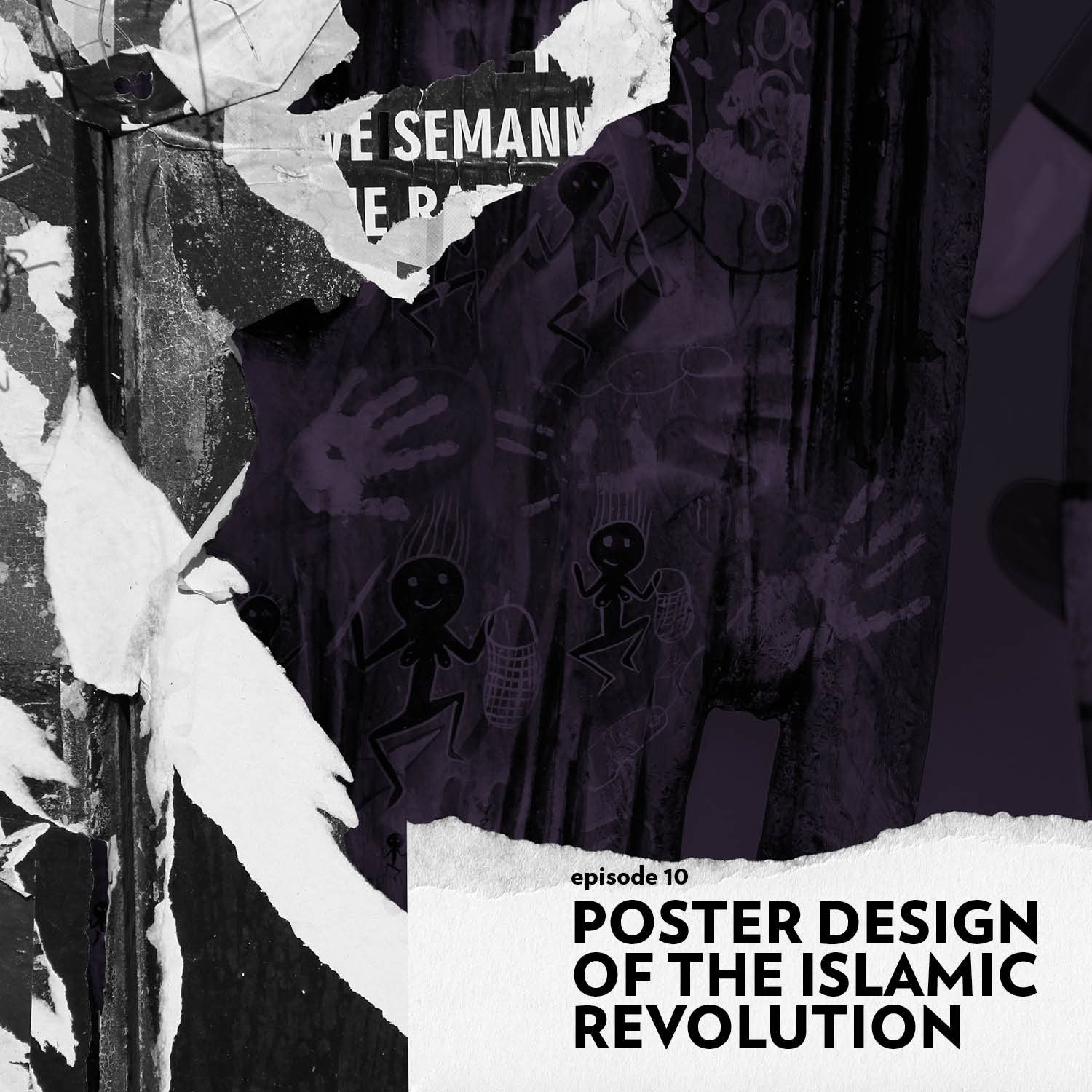BIPOC Racial Caricatures in Branding & Design
Description
There is a long history of racism behind famous brands, characters, and design that often goes unnoticed. Blatantly racist caricatures began with minstrel shows and the use of blackface, where white actors would use black makeup and overdrawn lips to depict Black people. These drove stereotypes that would be used in film, television, and branding. White actors depicted other minorities in an ill manner. From Mickey Rooney playing a Japanese man, Mr. Yunioshi, to Claudia Cardinale playing Indian Princess Dala, actors continued to manipulate their physical features to display the American audience’s ideas of these different ethnicities. Cartoons like Disney’s Peter Pan used Indigenous stereotypes for its character Tiger Lily and her tribe of Piccaninny, along with the song “What Makes the Red Man Red?” Big production companies such as Disney and Warner Bros. are guilty of distributing offensive caricatures that poorly reflect Black, Asian, Indigenous, and other ethnic groups. Brand mascots like Aunt Jemima were created to uphold the mammy stereotype, a Black woman who is subservient to white people and their children. She was meant to contain white anxieties about increasing the mobility of Black people within spaces of mass production and consumption post-emancipation. At this time other brand mascots like Rastus for Cream of Wheat and Uncle Ben’s Rice similarly demeaned Black men. Ethnic mascots are also very popular in sports, primarily mascots of Indigenous American men who are shown as savages. It’s only been since 2020 that brands have started to shift away from these racist images but the damage of BIPOC caricatures lingers.
TIMELINE
1833 – One of the first examples of blackface, in Bowery Theatre, New York, Thomas Darmouth Rice played the caricature Jim Crow
1889 – Aunt Jemima brand was first introduced and featured mascot/character as a stereotype of a mammy
1893 – Cream of Wheat launched using a mascot named Rastus, a term used for Black men who were depicted as simple-minded
1904 – first US stage production of Peter Pan features white actress, Margaret Gordon as Tiger Lily
1927 – posters of advertising performances of Joesphine Baker by Paul Colin: ‘La Revue Negre, feature racist stereotypes: Black figures with large red lips and overly sexualized depictions of Baker
1928 – Land O’Lakes butter premieres with a sexualized mascot/character of a Indegnous women called Mia
1935-36 – Shirley Temple appears in blackface and clothing which depict the ‘mammy’ caricature in The Littlest Rebel’ and dances on a stage with two men in blackface in ‘Dimples’
1940 – Tom and Jerry cartoon introduces a character named Mammy Two Shoes, a heavyset Black woman who was responsible for taking care of the house
1947 – Florida State adopted the name Seminoles
1953 – Disney version of Peter Pan , the tribe of Piccaninny are designed to play the exotic and savage trope and performs the song, “What Makes the Red Man Red?”
1961 – white actor Mickey Rooney plays a Japanese man, Mr. Yunioshi, in Breakfast at Tiffany’s
1978 – FSU Seminoles began a new tradition: At home football games a Seminole warrior would ride a horse onto the field, known as Chief Osceola and Renegade
2013– Daniel Synder, owner of the football team The Washington Redskins, vowed to never alter the name or imagery
2019 – the Cleveland Indians and MLB made the decision to remove native caricature Chief Wahoo from their brand
2020 – Aunt Jemima is retires and the company rebrands to become Pearl Milling Company
2020 – B&G Foods announced they were removing the Rastus character from Cream of Wheat
2020 – during a rebrand Mia is removed from Land O’Lakes packaging
2020 – Washington Redskins announced name change and logo retirement
REFERENCES
Walters, K. (n.d.). Blackface and Minstrelsy Tradition. BIPOC Design History. Retrieved June 16, 2022, from https://bipocdesignhistory.com/V1-overview
Carter, K. (2019). Confronting racial stereotypes in graphic design history. In J. Kaufmann-Butler,
V. Pass, & C. Wilson (Eds.), Design history beyond the canon. Bloomsbury.
Smith, C. J. (2013). The creolization of American culture : William Sidney Mount and the roots of blackface minstrelsy. University of Illinois Press.
Razack. (2016). Sexualized Violence and Colonialism: Reflections on the Inquiry into Missing and Murdered Indigenous Women. Canadian Journal of Women and the Law, 28(2), i–iv. https://doi.org/10.3138/cjwl.28.2.i
Luske, H., Geronimi, C. & Jackson, W. (Directors). (1953). Peter Pan [Film]. Walt Disney.
Elias-De Jesus, A. (2017, June 30). Jay Z’s New Music Video Uses America’s Long History of Racist Cartoons to Deliver a Haunting Message. Slate Magazine. https://slate.com/culture/2017/06/jay-zs-the-story-of-o-j-music-video-takes-on-racist-cartoons.html#:%7E:text=Jay%20Z’s%20New%20Music%20Video,to%20Deliver%20a%20Haunting%20Message&text=The%20video%20for%20%E2%80%9CThe%20Story,.%2C%20Disney%2C%20and%20others.
Jay-Z & Romanek, M. (Directors). (2017). The Story of OJ [Film]. Carter Enterprises. https://www.youtube.com/watch?v=RM7lw0Ovzq0&t=252s
Reappropriate. (2014, February 12). Remembering Shirley Temple requires us to remember her legacy of Blackface cinema. http://reappropriate.co/2014/02/remembering-shirley-temple-requires-us-to-remember-her-perpetuation-of-blackface-cinema/
Biography.com Editors. (2021, October 27). Bill “Bojangles” Robinson. Biography. Retrieved June 16, 2022, from https://www.biography.com/performer/bill-bojangles-robinson
MARRAKECH RIAD. (2017, December 4). Josephine Baker and La Revue Nègre | Marrakech Riad. Retrieved June 16, 2022, from https://www.marrakech-riad.co.uk/2017/12/josephine-baker-and-la-revue-negre/
Jolley, L. (2021, April 13). Josephine Baker. SHSMO Historic Missourians. Retrieved June 16, 2022, from https://historicmissourians.shsmo.org/josephine-baker
Jones, C. (2020, July 12). For faces behind Aunt Jemima, Uncle Ben’s and Cream of Wheat, life transcended stereotype. USA TODAY. Retrieved June 16, 2022, from https://eu.usatoday.com/story/money/2020/07/10/real-people-behind-aunt-jemima-uncle-ben-cream-of-wheat/3285054001/
Pearl Milling Co. (n.d.). Brand origins. Retrieved June 16, 2022, from https://www.pearlmillingcompany.com/our-history
Wu, K. J. (2020, April 28). Land O'Lakes Drops the Iconic Logo of an Indigenous Woman From Its Branding. Smithsonian Magazine. Retrieved June 16, 2022, from https://www.smithsonianmag.com/smart-news/mia-land-olakes-iconic-indigenous-woman-departs-packaging-mixed-reactions-180974760/
Shapira, I. (2016, May 19). A brief history of the word ‘redskin’ and how it became a source of controversy. Washington Post. Retrieved June 16, 2022, from https://www.washingtonpost.com/local/a-brief-history-of-the-word-redskin-and-how-it-became-a-source-of-controversy/2016/05/19/062cd618-187f-11e6-9e16-2e5a123aac62_story.html
Laskow, S. (2014, December 2). The Racist History of Peter Pan's Indian Tribe. Smithsonian Magazine. Retrieved June 16, 2022, from https://www.smithsonianmag.com/arts-culture/racist-history-peter-pan-indian-tribe-180953500/
UNIVERSITY OF MICHIGAN LIBRARY. (n.d.). Great Native American Chiefs | Osceola · Online Exhibits. Retrieved June 16, 2022, from https://apps.lib.umich.edu/online-exhibits/exhibits/show/great-native-american-chiefs/group-of-native-american-chief/osceola
























